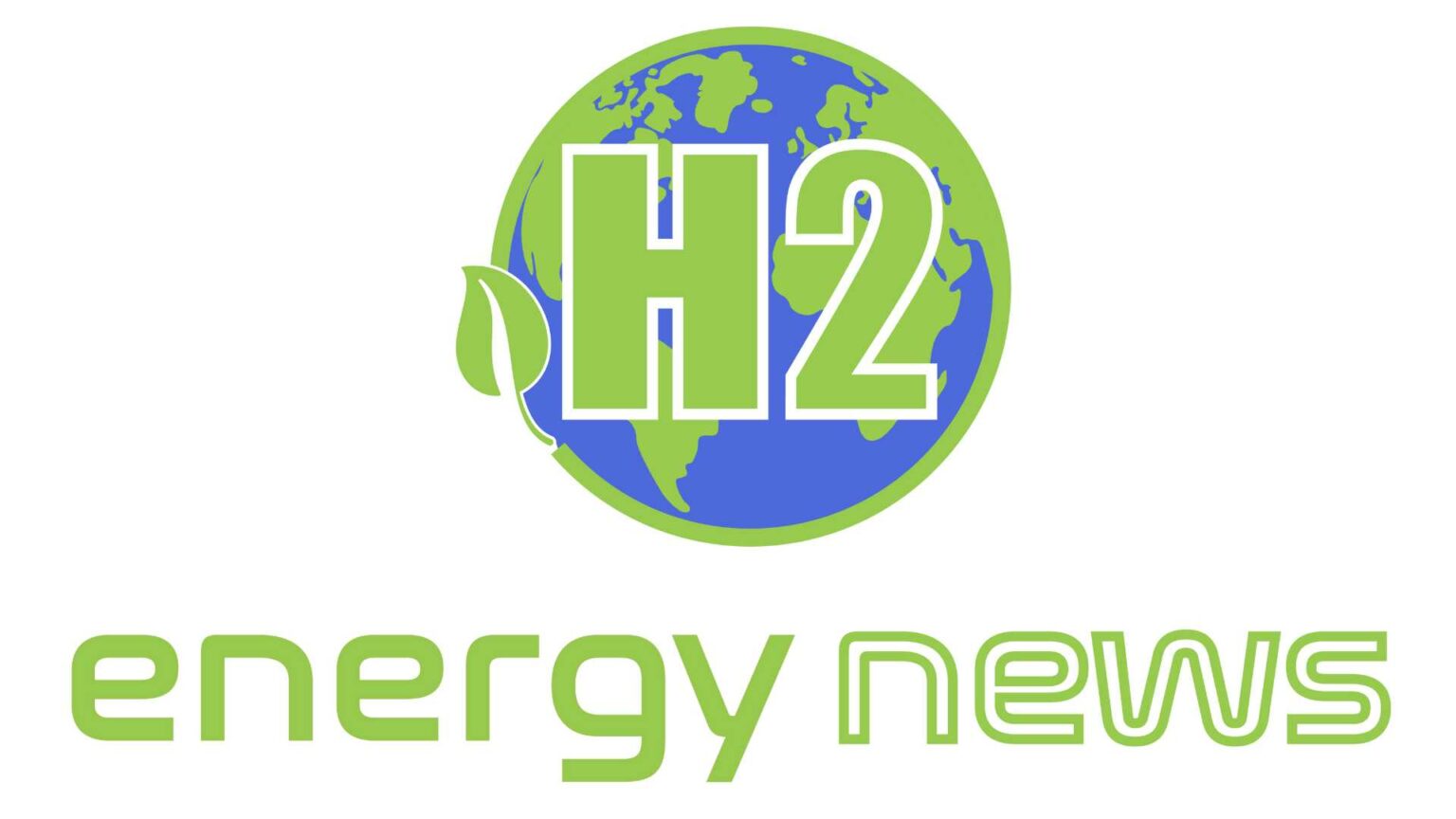Under the newly proposed Hydrogen Production Credit (HPC) scheme, Australia is setting a precedent by allowing green hydrogen producers to name their government subsidy’s value.
The intent behind this unconventional approach is to secure Australia’s stake in the emerging hydrogen technology market that is currently attracting significant global capital.
The HPC scheme, forming part of the $2 billion Hydrogen Headstart program flagged in the federal budget, intends to support projects with a capacity of 50 megawatts (MW) or more for a decade. The government’s ambitious goal is to achieve a 1000 MW electrolyzer capacity by 2030, backed by at least two large-scale projects. The program is slated to commence in the 2027 fiscal year.
Unlike international schemes that typically offer a $3 to $4 top-up per kilogram of hydrogen produced, the Australian variant aims to empower subsidy recipients to specify their own subsidy rates.
Federal Energy Minister Chris Bowen unveiled the proposal, stating, “As part of the application process, applicants will nominate an HPC value (per kilogram or equivalent metric) that should represent the difference between the expected sales price to each off-taker and the applicant’s cost of production (inclusive of a justifiable return on capital).”
As part of the terms, applicants are required to specify a maximum production cap for the 10-year period, but interestingly, no minimum production level is mandated.
This innovative approach to subsidizing green hydrogen production could significantly boost Australia’s competitive edge in the global green hydrogen market. Allowing producers to dictate their subsidy rates fosters a greater incentive for innovation and investment in the sector.
However, it is essential to ensure that the system is meticulously monitored and regulated to prevent potential misuse or overvaluation of subsidies, which could detrimentally impact the economics of the burgeoning industry.
With the world increasingly recognizing the role of hydrogen as a key component in the energy transition, Australia’s move may set a precedent for other countries to consider more flexible subsidy programs to stimulate their green hydrogen sectors.





